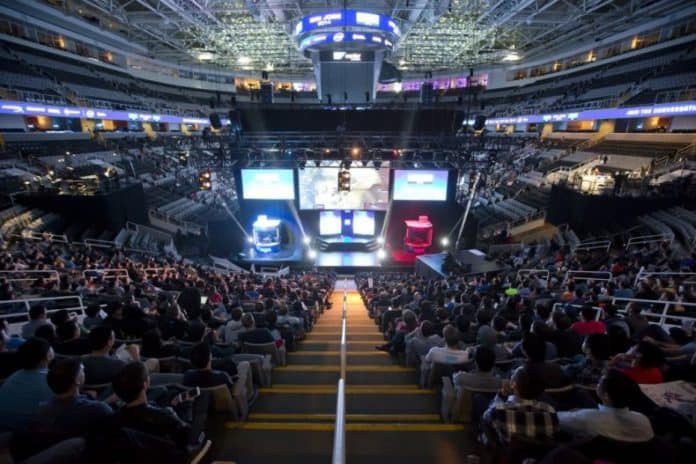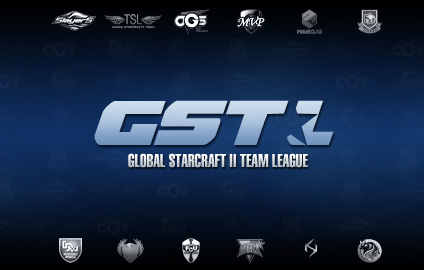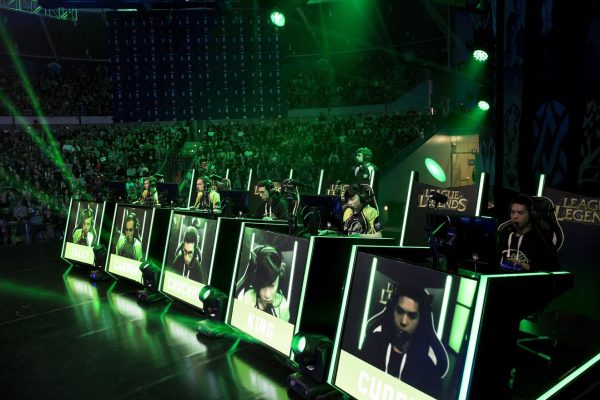The rise of E-Sports has been one of the most talked-about elements of the modern gaming world. With thousands of E-Sports competitors coming together in leagues, tournaments and competitions all over the globe, and major multi-national companies vying for the opportunity to sponsor the most successful teams, E-Sports long ago moved out of the shadows.
E-Sports is now an integral part of the online world, and many of the best players are earning global fame for their skills. Professional gaming is now such an accepted phenomenon that it is possible to bet on Esports just as you can bet on any other sport, and there are thousands of new sites dedicated to covering the various aspects of E-Sports competition.
But while E-Sports may seem to be a dramatic new phenomenon, there has always been a competitive element to gaming, which is often incorrectly portrayed in the media as a solitary pastime. In fact, the desire not only is the desire to put our skills against our peers a normal instinct, but it has also been a persistent element among the video gaming community from the beginning.
Humble Beginnings
It may surprise some people to learn that the first ever E-Sports tournament happened as long ago as 1972. In October of that year, students at Stanford University were invited to compete against one another on Spacewar, one of the world’s first video games, with the first prize a year’s subscription to Rolling Stone magazine. E-Sports prizes have improved a great deal since then!
The Rise of Gaming
As video game technology developed, the wider public began to become familiar with gaming, and at arcades across the world, games such as Space Invaders became a common sight.
A number of publications including the Guinness Book Of World Records began to note game-related statistics, including record high scores, and in 1980, the Space Invaders Championship was able to attract more than 10,000 competitors and plenty of media coverage.
The Internet
Video gaming continued to grow in popularity, but in the 1990s, the arrival of the internet and the World Wide Web proved to be a game changer. By connecting gamers all around the world, video gaming became a truly social activity and made it possible to envisage online competitions. At the same time, companies such as Nintendo began sponsoring video game tournaments.
Red Annihilation
The evolution of E-Sports took a great leap forward in 1997. That was the year of the famous Red Annihilation tournament. Based on the popular game Quake, the tournament attracted 2,000 players, with the winner earning a Ferrari belonging to Quake’s lead developer John Cormack!
The success of the Red Annihilation tournament inspired the creation of the world’s first significant gaming league just a few weeks later. The Cyberathlete Professional League (CPL) held their inaugural tournament that year and became the first of many new leagues and tournaments that appeared in the late 1990s and around the turn of the millennium.
StarCraft
While Quake and Space Invaders had played a part in the evolution of E-Sports, it was another popular game that was to drive the next stage. StarCraft was a revelation when it was released, offering a combination of fast-thinking and strategy that would become known as Real Time Strategy gaming.
The game soon became a staple of the fledgling E-Sports world, and along with its successor, StarCraft II, has inspired millions to enter competitive E-Sports, and the Global StarCraft 2 League based in South Korea attracts more than 50 million viewers.
Rapid Expansion
The E-Sports industry expanded rapidly during the 2000s, and a host of major tournaments were set up, including the Electronic Sports World Cup and the World Cyber Games, which were closely followed by Major League Gaming. Meanwhile, new games have entered the equations, including Defence of the Ancients (Dota), which, along with League Of Legends, helped to establish the Multiplayer Online Battle Arena or MOBA genre, which has dominated E-Sports in the last ten years.
The Present
E-Sports is now a well-established component of the gaming industry, with over $100 million in prize money earned by the leading players and teams every year and close to 4,000 tournaments staged around the globe, as companies aim to associate themselves with the sport. At the International tournament in 2017, the prize pool was a record-breaking $24.6 million.
According to some estimates, the annual revenue for E-Sports, including broadcasting rights, game sales and associated earnings, could surpass $1.5 billion by 2020, and the pace of development that has propelled competitive gaming from a niche pastime for students to a global phenomenon has shown no sign of slowing.
The Future
Given the rapid growth of the E-Sports phenomenon, it is difficult to predict with any precision how it will develop in the future. The rapid strides being made in new technology offer the possibility of VR and AR gaming and ever greater degrees of interactivity between players and audience, and as the video games industry continues to push back the boundaries of ingenuity with new and exciting games, we can’t wait to see what the future of E-Sports will bring!



